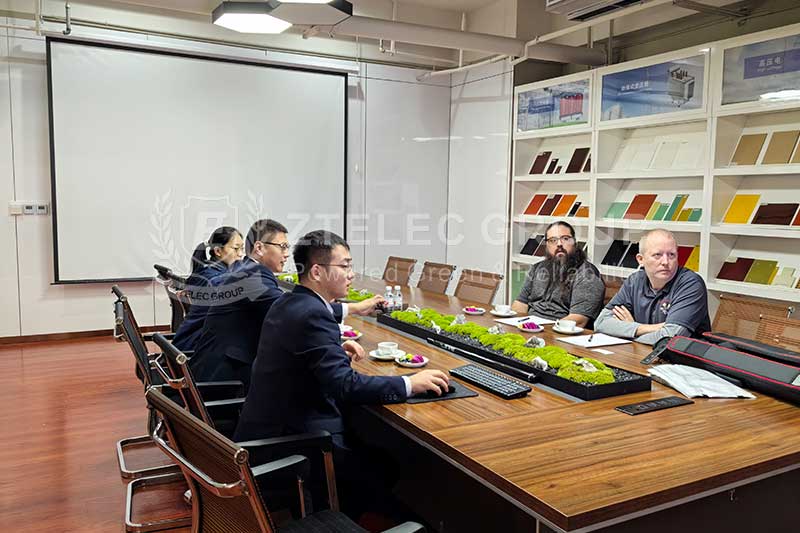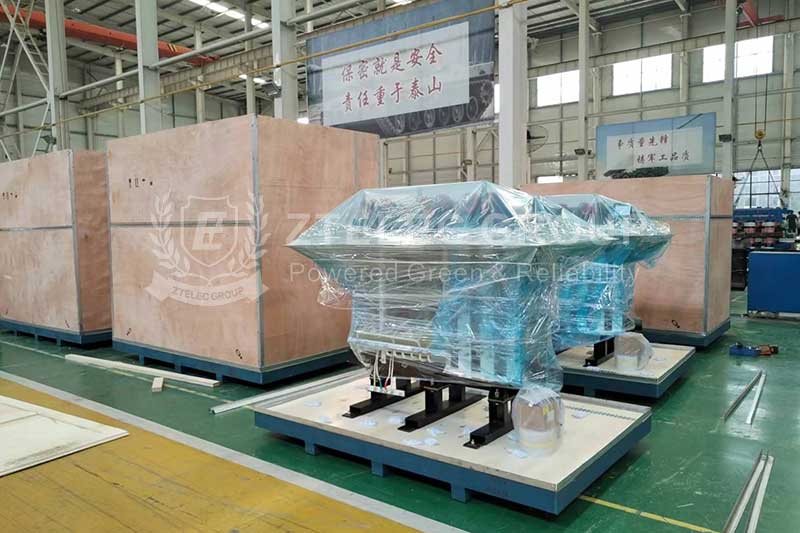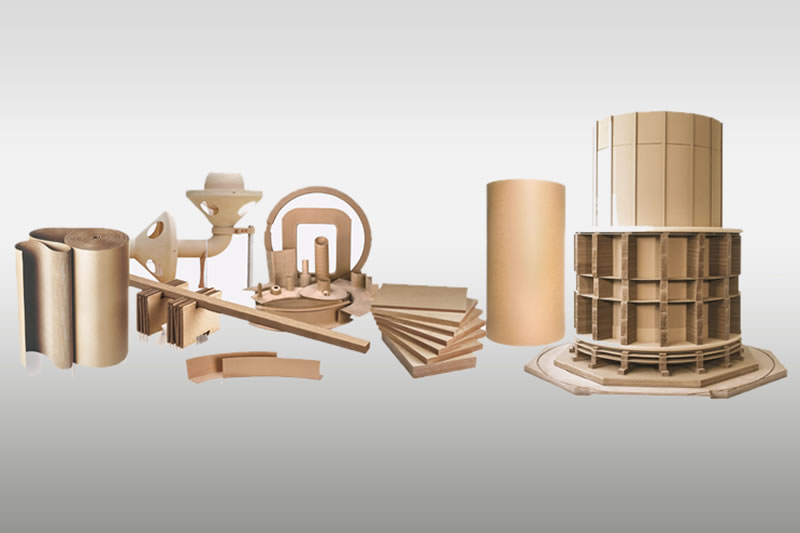Advantages of Dry-Type Transformers: Performance, Safety & Sustainability
In modern power systems, dry-type transformers are playing a vital role due to their oil-free design, safety features, and energy efficiency. Compared to traditional oil-immersed types, dry-type transformers have become the preferred solution in industrial, commercial, and renewable energy applications. Their core benefits lie in stable performance, fire safety, and environmental sustainability.
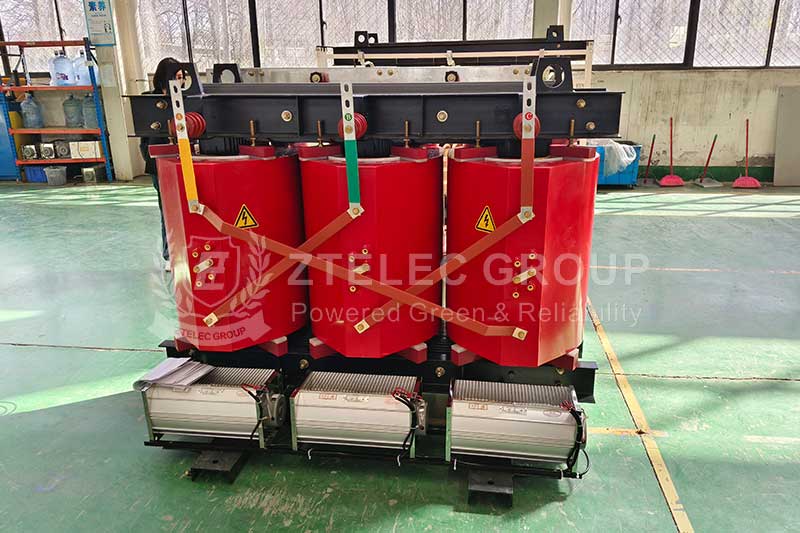
Performance Advantages of Dry-Type Transformers
Efficient Heat Dissipation: Dry-type transformers use air convection or forced-air cooling to dissipate heat, eliminating the need for insulating oil and reducing heat loss. High Short-Circuit Resistance: The epoxy resin-cast windings provide strong mechanical strength and are not easily deformed during short-circuit faults, ensuring operational stability. Excellent Environmental Adaptability: These transformers operate reliably in temperatures ranging from -25°C to 50°C, making them suitable for demanding locations such as tunnels or high-rise buildings. Low-Loss Core Design: Advanced silicon steel sheets and amorphous alloys are used to reduce no-load losses by 10–30%, improving energy efficiency and lowering costs.Safety Advantages of Dry-Type Transformers
No Fire Risk: The oil-free design removes the danger of explosions or leaks, meeting NFPA and IEC fire safety standards. Ideal for schools, hospitals, and other public facilities. Non-Toxic & Eco-Friendly: Epoxy resin insulation materials are RoHS-compliant and emit no harmful gases, making the equipment safe for both indoor environments and future recycling. Maintenance-Free: No need for oil monitoring or replacement significantly reduces maintenance effort and operational risk. High IP Protection: With protection ratings up to IP54 and beyond, dry-type transformers perform well in humid, dusty, or corrosive environments.
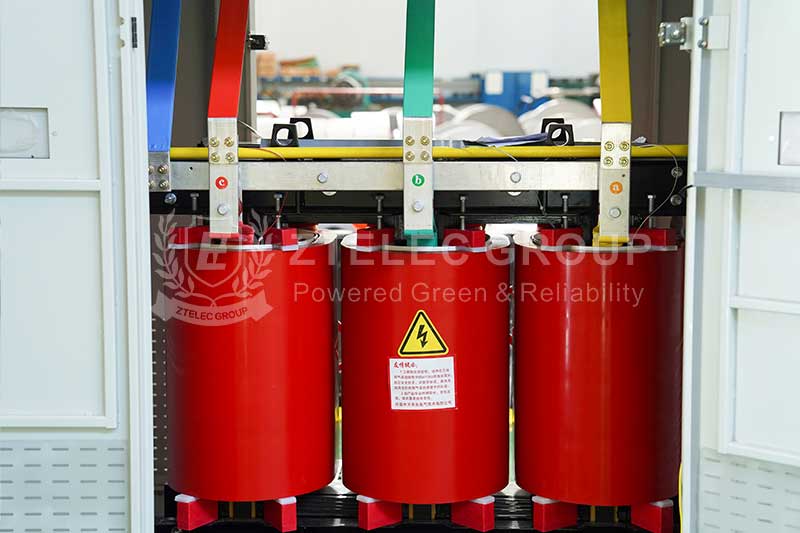
Sustainable Advantages of Dry-Type Transformers
Green Materials: All components of dry-type transformers are recyclable, eliminating the environmental hazards associated with oil disposal. Pollution Resistance: The use of dry insulation methods enhances durability against dust and chemical contaminants, maintaining long-term insulation performance and reliability.Application Scenarios for Dry-Type Transformers
| Scenario | Advantages of Dry-Type Transformers |
| High-rise buildings / Subway tunnels | No fire risk; suitable for indoor and confined installations without special fireproof structures |
| Data centers | Low noise, zero oil leakage risk; safe for sensitive equipment like servers |
| Renewable energy plants | Handles harmonics from solar or wind sources; no oil aging; high overload capacity |
| Humid / Corrosive environments | Superior moisture resistance; stable operation in mines, chemical plants, coastal areas |
Dry-type transformers offer a reliable, safe, and eco-friendly alternative to traditional oil-filled types. Whether used in buildings, infrastructure, or green energy projects, they represent the future of sustainable power distribution.
- more+releated article
- 2025-12-13How to Select and Use Phenolic Cloth-base Lami
- 2025-12-13How Much Does Bakelite Sheet Cost? 2025 Price
- 2025-12-13Why are most 3240 epoxy boards yellow?
- 2025-12-13What are the Main Applications of FR4 Epoxy Bo
- 2025-12-13Why Does the Price of Insulating Paperboard Va
- 2025-12-13Heat-Resistant DDP Insulation Paper
- 2025-12-13Comparison of Heat-Resistant DDP Insulating Pa
- 2025-12-13G10 and FR4 Epoxy Boards: Commonly Used for Ge
- 2025-12-13The Price of Heat-Resistant DDP Insulation Pap
- 2025-12-13How to Choose Epoxy Laminate Materials for Gen


